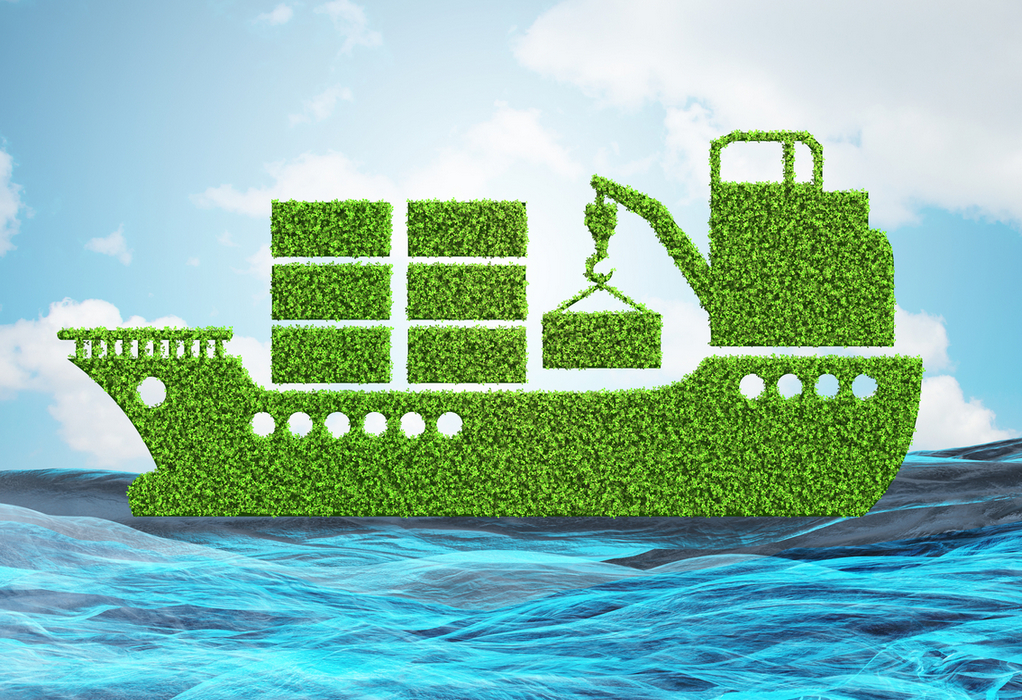The demand for high sulfur bunker fuel oil is set to dwindle worldwide closer to 2030, likely causing the use of scrubbers to fall, as the shipping industry accelerates its decarbonization journey, an industry expert said recently.
That is despite ports, such as Singapore, seeing robust HSFO sales in 2021. January-September sales of high sulfur bunker fuel, which includes 180 CST, 380 CST, and 500 CST bunker fuel, at the world’s largest bunkering port, stood at about 9.4 million mt, up about 26% year on year.
“The shipping industry will surely go through drastic changes, with the International Maritime Organization stepping up [its action] on carbon-free emissions, or zero-carbon by the shipping industry by the year 2050,” Simon Neo, executive director at Singapore-based consulting firm SDE International said in an interview with S&P Global Platts.
“I do not see much future for fossil fuel in bunker going forward,” Neo said.
The initial greenhouse gases strategy envisages, in particular, a reduction in the international shipping carbon intensity — CO2 emissions per transport work — on average by at least 40% by 2030, while pursuing efforts toward a 70% cut by 2050, compared with 2008. The strategy aims to cut total annual international shipping GHG emissions by at least 50% by 2050, compared with 2008.
Ammonia and hydrogen are the long-term solutions for the industry, according to Neo, as they are both carbon neutral, while LNG is “an alternative fuel that is in use today but will be a short to the mid-term solution.”
The shipping industry, however, needs to work closely with engine manufacturers and various other stakeholders to make zero-carbon fuels scalable, Neo said, adding that market-based measures, such as carbon credits and offsets, will also aid decarbonization.
“My only fear about carbon credit is that it will increase the cost of transportation by sea and that it will increase by a lot depending on how this credit will cost,” he said.
Shipowners could buy or pay for the carbon credits in a similar fashion to paying carbon taxes, with the cost ultimately falling on the consumer, Neo said.
COVID hurts demand
Global shipping operations have been severely affected due to COVID-19-related port closures, causing congestions at some of the major hubs worldwide, with delays stretching from seven days to as much as a couple of months, Neo said.
Crew change was another big issue that has not been easy to resolve at global ports, including Singapore, Neo said.
The bunker industry has adopted contactless bunkering to overcome some of the prevailing challenges at ports, and that has probably caused more disputes over quantity at ports that do not use mass flow metering systems for bunker deliveries, Neo said.
“In Singapore, we have standards or guidelines to be followed by the bunker suppliers and administered by the port authority. So, it’s not too bad,” Neo said.
The Port of Singapore mandated mass flow meters, or MFMs, for marine fuel oil deliveries from Jan. 1, 2017 and for distillates bunker deliveries from July 1, 2019 to boost the integrity of bunkering operations and weed out errant players.
In 2020, the city-port launched two new bunkering standards — SS 660, code of practice for bunker cargo delivery from oil terminal to bunker tanker using MFM, and TR 80, code of practice for meter verification using master MFM — improving transparency.
Higher oil prices are also likely to weigh on bunker fuel demand, in addition to the challenges caused by COVID-19, Neo said.
“Different ship owners will adopt their own strategy but the most popular one will be slow steaming to reduce fuel consumption, unless vessels today can switch to other alternative fuel to reduce cost, which till now we have not really seen change much at all,” he said.
Tight credit weighs on margins
The collapse of oil trading firms Hin Leong, GP Global, and others over 2020 and 2021, has resulted in many banks tightening credit lines, or stopping financing, to bunker players, Neo said, hurting their ability to procure fuel for supply to vessels.
“Bunker physical suppliers as it is have a very thin margin and with reduced credit, it reduces a suppliers’ ability to procure more oil to deliver bunkers,” Neo said. “Current high oil price do not help either …This [credit situation] has actually increased the overall cost for local physical suppliers here in Singapore.”
Singapore’s marine fuel industry lost a big bunker supplier post Hin Leong; however, its bunker industry remains diverse and dynamic, Neo said.
“Other physical suppliers and cargo traders have stepped in to fill the void,” he said. “Also, being an international trading center and major oil hub helps to cushion any short fall that was created by these players.”
There were 41 licensed bunker suppliers at the Port of Singapore, as of Oct. 13, according to the Maritime and Port Authority of Singapore. Minerva Bunkering and TFG Marine, who were awarded physical bunker supplier licenses in April 2020, are part of the list.
Source: S&P Global
Tags: Carbon-free emissions, Decarbonisation, Greenhouse gases, HSFO, Shipping

Recent Posts
DPIIT promotes green logistics industry
Petronet LNG reports record volumes
TotalEnergies buys stake in wind farm to produce green hydrogen
Ports of Indiana, Port of Antwerp-Bruges partner on green shipping
Bhutan moves towards green transition
GCMD completes biofuel supply chain trials with Hapag-Lloyd
Airbus partners with Avolon on hydrogen aviation
Nuclear power transition more safe option for decarbonisation than coal